Tri-Proof Lighting: A Guide to Making the Right Choice
Table of Contents
Are they seeking the ultimate solution in safety lighting? Look no further than tri-proof lights. These sustainable, long-lasting fixtures outshine conventional lighting solutions and are more energy-efficient.
Tri-proof lights come in many shapes, sizes, luminosity ratings, and color temperatures to cater to diverse needs. Before zeroing in on a specific tri-proof light, it’s crucial to ascertain your project’s precise wattage and lumen requirements. Reviewing the IP and IK ratings will also help you gauge the fixture’s protective capabilities. Note that not all environments demand the same degree of durability; hence, make an informed choice to avoid unnecessary expenditures.
In this comprehensive article, delve into the world of tri-proof lighting and discover how to select the best option for your initiative. Without further ado, let’s dive in:
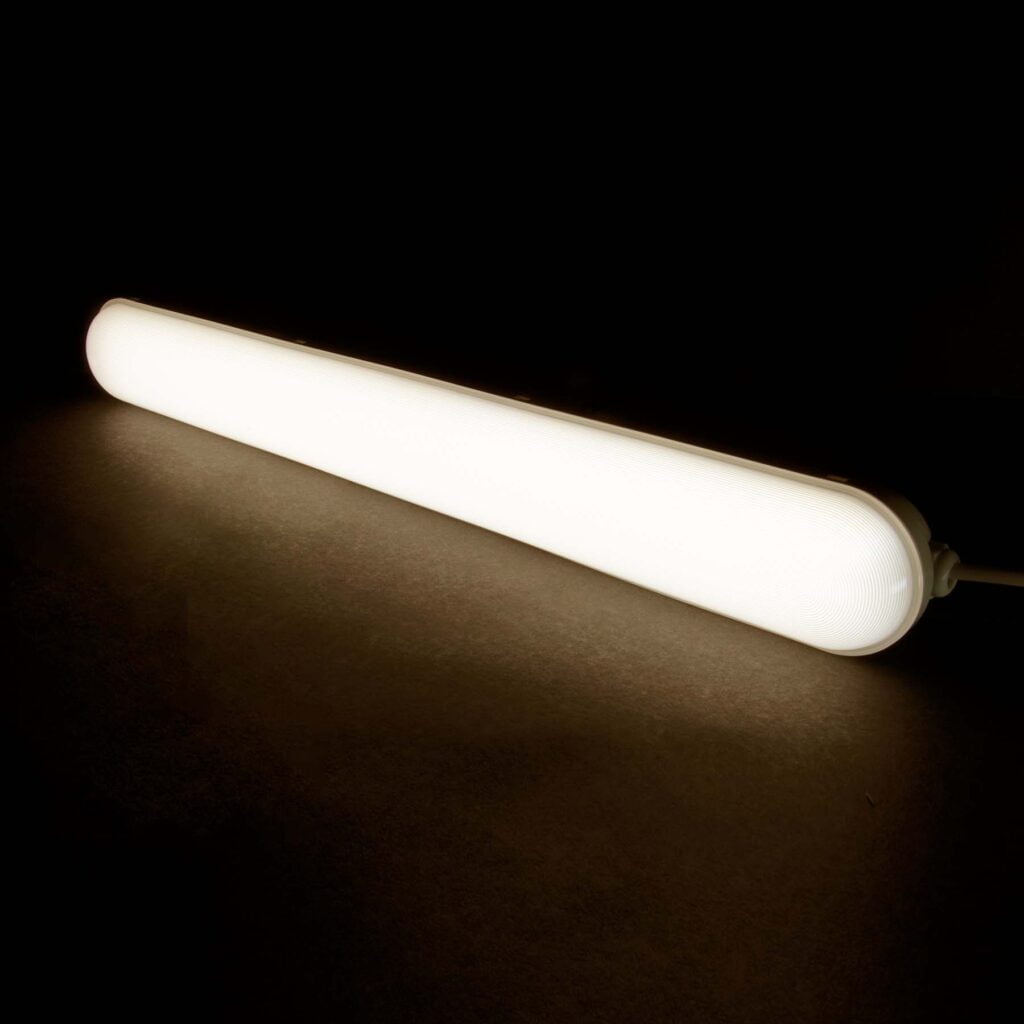
What are Tri-Proof Lights?
Tri-proof lights are a specialized category of safety lights boasting three or more layers of Protection. The prefix ‘tri’ signifies the triple-layer protection these lights offer against dust, water, and corrosion. Beyond these primary protections, tri-proof lights can resist factors such as water vapor, shock, ignition, and even explosions. Their formidable resistance levels are achieved by incorporating silicone sealing rings and anti-corrosion materials designed to withstand such challenges.
These versatile lights are the go-to choice for hazardous environments with a high likelihood of corrosion or explosions. Typically found in manufacturing units that handle water, chemical vapors, and flammable materials, these fixtures provide reliable lighting solutions.
Varieties of Tri-Proof Light
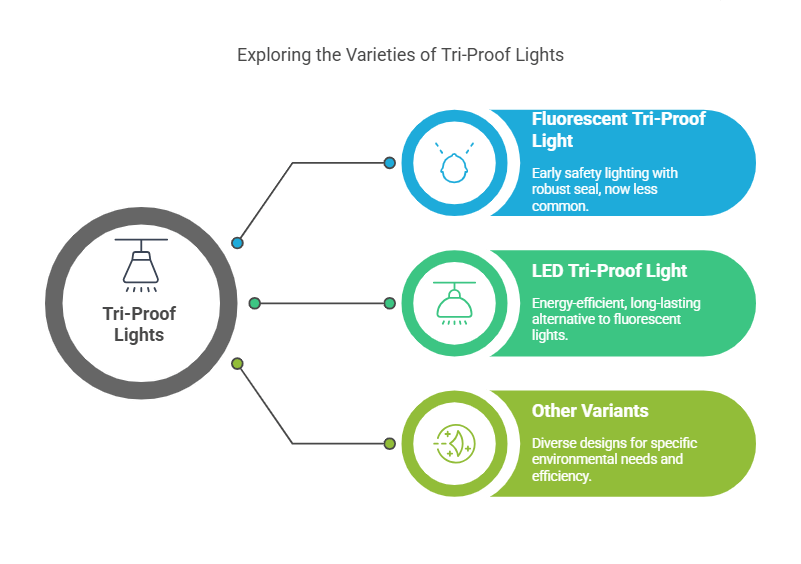
Tri-proof lights come in various styles, influenced by their construction and the types of light sources utilized. Here’s a brief overview:
Fluorescent Tri-Proof Light
In the early days of safety lighting, fluorescent tri-proof lights reigned supreme, acting as the pioneers in the sector. Equipped with 1-4 fluorescent lamps, these lights were constructed with a robust seal around the outer covering, making them a popular choice for harsh environments. However, the advent of advanced, energy-efficient lighting technologies has gradually eclipsed the prominence of these fluorescent variants.
| Pros | Cons |
| Cheap | High maintenance costs Lower water resistance Environment pollution |
Durable LED Tube Fixtures: Triple Shielded and Efficient
Opt for triple-shielded fixtures with LED tubes that outperform their fluorescent counterparts in efficiency. The design facilitates the swift opening of the casing, allowing for hassle-free tube light replacements, although the wiring installation can be somewhat complex. Integral diffusers at both ends shield the fixture from water and dust penetration, ensuring a longer lifespan.
| Type Of LED Tube | Length of Tube | Dimension | Power | Lumen | Power Factor(PF) | IP Degree |
| LED T8 | 2ft 600mm | 665*125*90mm | 2*9W | 1600lm | >0.9 | IP65 |
| LED T8 | 4ft 1200mm | 1270*125*90mm | 2*18W | 3200lm | >0.9 | IP65 |
| LED T8 | 5ft 1500mm | 1570*125*90mm | 2*24W | 4300lm | >0.9 | IP65 |
Be aware that attributes vary according to the specific brand or manufacturer’s guidelines.
Predominantly, T8 LED tubes find their place in triple-shielded fixtures, though, in rare instances, T5 tubes are also compatible. The length of the tubes can be selected based on the desired brightness level. Fixtures accommodating up to 4 units of LED tubes are available for larger setups. Note that as the lumens increase, so does the energy consumption.
| Pros | Cons |
| Cheap Easy maintenance Replacement light source |
Complicated wiring Single function Limited wattage and light output Out of date |
LED Tri-Proof Illumination Solutions – Featuring PC Integration
From seamless integration with the PC unit, LED tri-proof lights combine the LED board and driver within one comprehensive fixture. These state-of-the-art lights represent a significant evolution from their traditional waterp
roof predecessors.
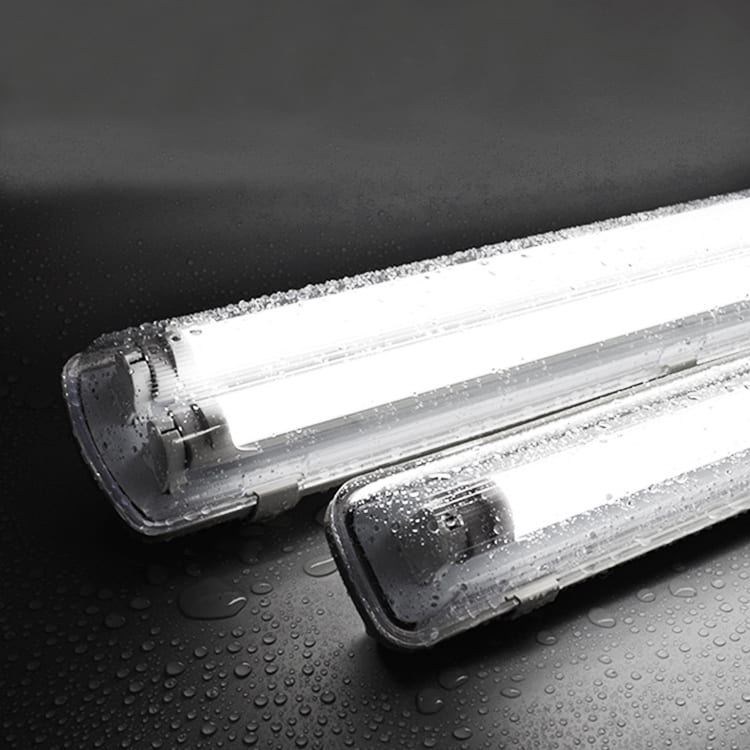
| Pros | Cons |
| More brightness level Higher wattage DALI dimmer On/off sensor Emergency backup Affordable |
Hard to wire Low-end profile The product material is PC (plastic); not environment friendly |
Equipped with innovative features such as responsive on/off sensors, DALI dimming capabilities, an increased wattage capacity of up to 80W, and emergency backup functionalities, these PC-integrated LED tri-proof lights surpass the capabilities of earlier models, offering a markedly superior lighting solution.
LED Tri-Proof Illuminations – Aluminum Framework
Experience the modern advancements of LED tri-proof illuminations housed in robust aluminum frameworks. These state-of-the-art units are further enhanced with seamlessly integrated end caps, lending them a sleek and aesthetically pleasing visage.
Crafted with an aluminum alloy base, these fixtures stand a cut above in terms of longevity and boast a superior heat dissipation system. Moreover, even with identical dimensions, they promise a higher wattage than their PC-integrated counterparts. Equipped with modern conveniences such as an on/off sensor, a DALI dimming feature, and an emergency backup system, they represent a refined and superior alternative to traditional PC-integrated tri-proof lighting solutions.
| Pros | Cons |
| Aluminum profile Better heat dispersion High-end quality On/Off sensor Emergency backup DALI dimmer Higher wattage More length options, up to 3 meter |
Expensive |
LED Slim Profile Waterproof Lights – Compact and Cost-Effective
Discover the convenience and affordability of slim profile LED waterproof lights, a subset of the versatile tri-proof lighting family popularly recognized as batten lights. Boasting a minimalistic design with a height of just 46mm, these fixtures illuminate smaller or narrower spaces without occupying much room. Furthermore, their economical construction, featuring a simplified diffuser and heat sink, positions them as an attractive option for budget-conscious projects.
However, their compact nature serves as both a blessing and a limitation. The reduced size restricts the illumination coverage, curbing the fixture’s power and lowering light efficiency. Peaking at an output of 110 lumens per watt, their luminous efficacy may not compete with other models in the market. Despite this, when it comes to cost-efficiency, these slim profile tri-proof lights hold a distinct edge over their aluminum counterparts, offering a budget-friendly alternative without compromising quality.
| Pros | Cons |
| Ideal for lighting narrow space Affordable pricing It has good heat dispersion |
Limited lighting space Low light efficiency |
Alu Tri-Proof Lighting Solutions – Removable End Caps
Experience the innovation of Alu tri-proof lighting fixtures equipped with removable end caps, a refined iteration of the classic aluminum profile tri-proof lights. Ultimately, these removable caps facilitate swift and hassle-free wiring and installation, allowing for the seamless integration of multiple units to illuminate expansive spaces. They can connect between 10-15 fixtures in a series, contingent upon the individual wattage of each unit.
One of the primary benefits of these lighting solutions is their simplified wiring process, made possible by the removable end caps. In regions where professional electrical services come at a premium, opting for tri-proof lights with detachable end caps emerges as the optimal choice. While the initial investment in these fixtures might be considerable, the savings accrued during installation make it a cost-effective option in the long run.
| Pros | Cons |
| Easy wiring Linkable Quick installation On/Off sensor Emergency backup DALI dimmer |
Expensive |
Superior Protection with IP69K Tri-Proof Lights
While most tri-proof lights hold an IP65 or IP66 rating, maintaining stringent hygiene standards is paramount in food processing and pharmaceutical manufacturing sectors. This necessitates regular and thorough cleaning of the lighting fixtures to prevent dust, dirt, and oil accumulation. This is where IP69K tri-proof lights step in, offering a heightened level of Protection compared to other tri-proof lighting options. These lighting units are adept at resisting extreme pressures, temperatures, and water exposure. Generally boasting a round design, these lights are recognized for their IK10 rating, a notable upgrade from the IK08 standards commonly found in other tri-proof light models.
| Pros | Cons |
| Withstand high pressure Resist high temperature Completely waterproof |
Lower lumen rating Not so popular variant |
Optimal Uses for Tri-Proof Lighting Solutions
Tri-proof lighting solutions are versatile, finding their niche in various domains. Here are the predominant sectors where they prove to be invaluable:
Industrial & Warehouse Sectors
Manufacturing hubs like industries, mills, and factories continually grapple with elements like dust, oil, and high moisture levels, coupled with considerable vibrations. When selecting lighting fixtures for such settings, it’s imperative to consider these challenges. This is where tri-proof lights step in – their resistance to water, vapor, and corrosion makes them a top choice for industrial settings.
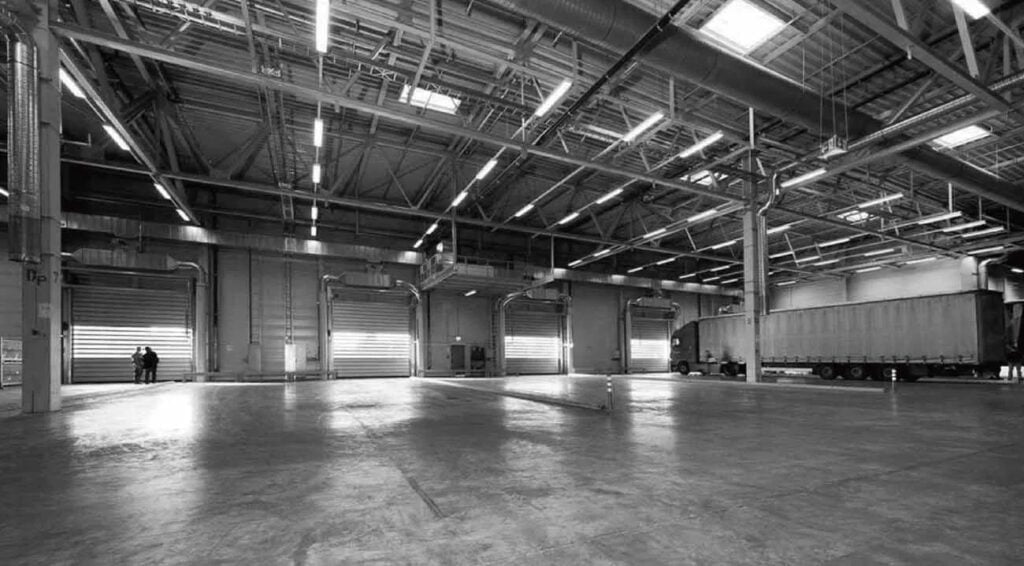
Food Production & Refrigerated Warehousing
Given their water-resistant and vapor-proof properties, tri-proof lights are integral to food processing and cold storage facilities. These lights find their place in freezers, walk-in refrigerators, and other cold storage spaces. Furthermore, their washable nature aligns seamlessly with the stringent hygiene standards upheld in the food industry, effortlessly withstanding the frequent cleaning processes in these areas.
Automotive Facilities: Parking & Car Wash Centers
Parking areas constantly risk light fixtures being bumped or hit by vehicles, highlighting the necessity for sturdy installations. With their resilience and high impact ratings (IK08 or higher), Tri-proof lights are up to the task, effectively countering potential damages. Additionally, their waterproof qualities mean they stand firm against water splashes commonly encountered in car wash facilities.
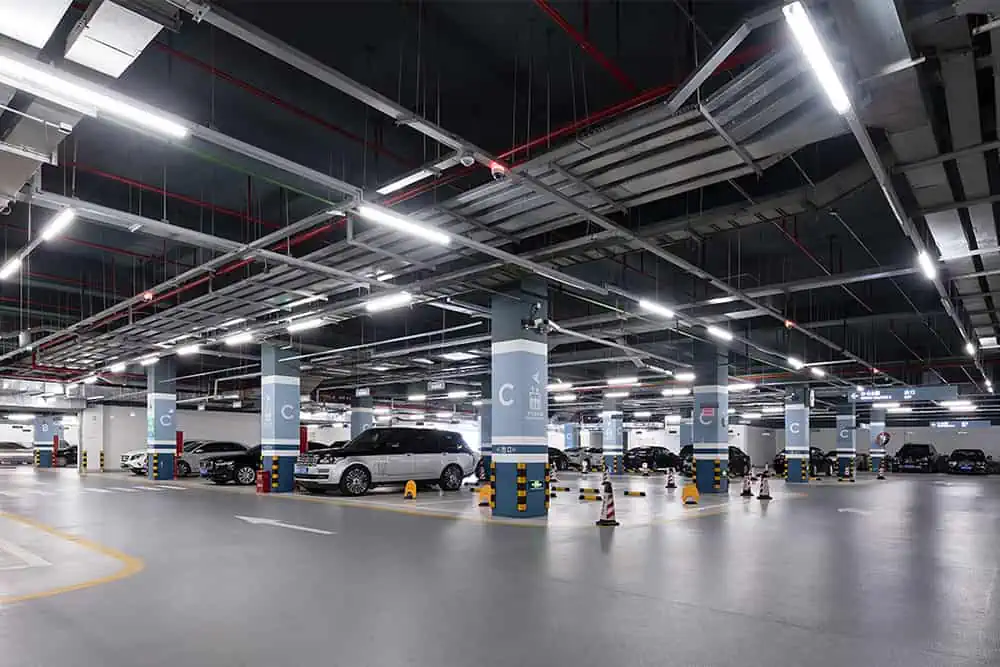
Recreational Spaces: Sports Venues & Open Areas
Witness the brilliance of tri-proof lights illuminating various sports arenas, from football fields to basketball courts and tennis venues. These lights are built to endure high-impact forces, ensuring that an accidental hit from a ball won’t result in a shattered fixture. Moreover, they can brave the elements – be it snow, rain, intense heat, or stormy winds, making them an adaptable choice for any outdoor lighting requirement.
High-Risk Zones
Tri-proof lights stand as a beacon of safety in environments characterized by potential explosive risks or the prevalence of hazardous materials and flammable gases. Crafted to weather the challenges posed by such perilous settings, these lights are preferred for oil refineries, chemical factories, and mining operations, ensuring safety and functionality in unity.
Additional Uses
In addition to the applications outlined earlier, tri-proof lights can be utilized in a myriad of other settings, such as:
- Grocery Stores
- Aquatic Centers
- Walkways and Overpasses
- Foodservice Areas and Restrooms
- Healthcare Facilities and Labs
- Underground Passages, Train Stations, and Airports
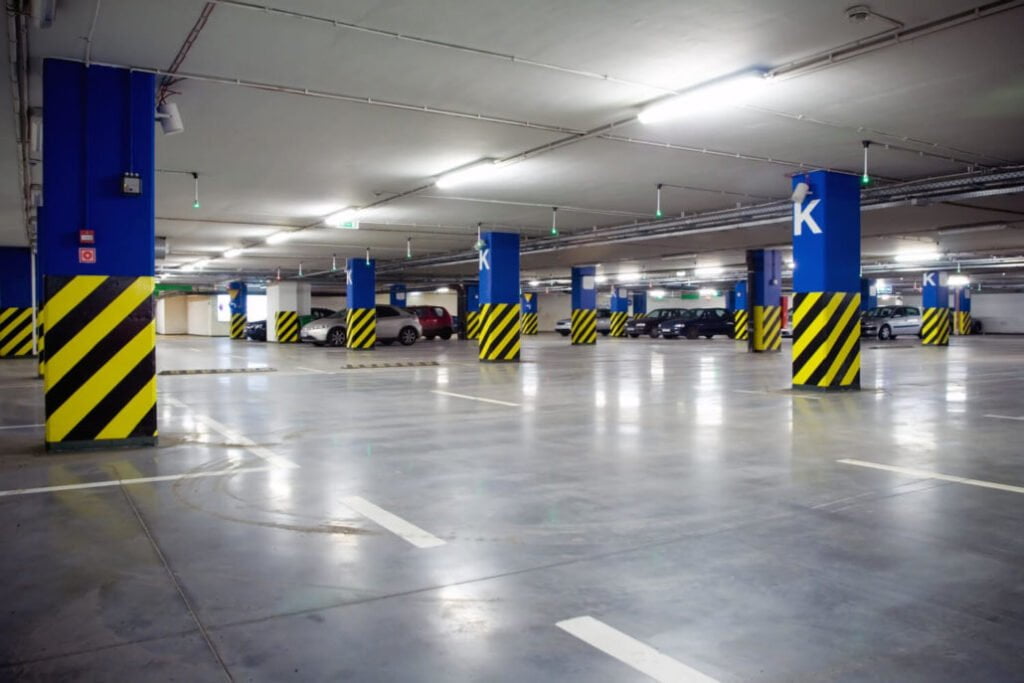
Benefits of Utilizing Tri-Proof Lights
Tri-proof lights come with a plethora of benefits, which are highlighted below:
Enhanced Energy Efficiency
A remarkable feature of tri-proof lights is their reduced energy consumption, which is particularly significant in outdoor and industrial settings where illumination is needed around the clock. These lights excel in energy efficiency, utilizing up to 80% less power than conventional light sources, which translates to considerable savings on electricity bills.
Superior Brightness
Tri-proof lights stand out by offering a higher level of brightness when compared to other safety lighting options. For instance, versions equipped with an aluminum profile and detachable ends can deliver luminosity up to 14000 lumens.
Versatile Use Cases
These lights find applications in various settings, from refrigerators and swimming pools to manufacturing plants and potentially hazardous environments. Their design inhibits the occurrence of sparks or electric arcs that might lead to explosions, making them a safe choice in areas with the risk of explosive gas presence.
Simple to Install
Tri-proof lights often feature user-friendly installation mechanisms like slim clip-ons or screw-ons, streamlining the setup process. Including detachable end caps further simplifies the task, allowing for effortless self-installation and reducing installation expenses.
Consistent Diffused Lighting
Notably, tri-proof lights are often found in refrigerators, providing evenly distributed lighting thanks to a frosted casing. This diffusion prevents glare, fostering a comfortable work atmosphere.
Minimal Maintenance Required
Constructed using resilient materials, these lights can withstand harsh environmental elements and be resistant to dust, water, and corrosion, among others. This robust build minimizes the need for frequent repairs, consequently lowering maintenance costs.
Environmentally Friendly
In contrast to traditional lighting solutions that emit harmful gases, tri-proof lights are designed to be more eco-friendly. Utilizing LED technology, they consume less energy and emit reduced heat, lowering carbon emissions and promoting environmental health.
Resilience in Harsh Conditions
Belonging to the category of safety lights, tri-proof lights are adept at withstanding extreme environmental conditions and functioning efficiently in areas with variable temperatures, combustible gases, or a high risk of explosions.
Long-lasting Performance
Tri-proof lights boast an impressive lifespan, operating efficiently for a period ranging between 50,000 to 100,000 hours. This longevity means fewer replacements and repairs are needed, saving time and money in the long run.
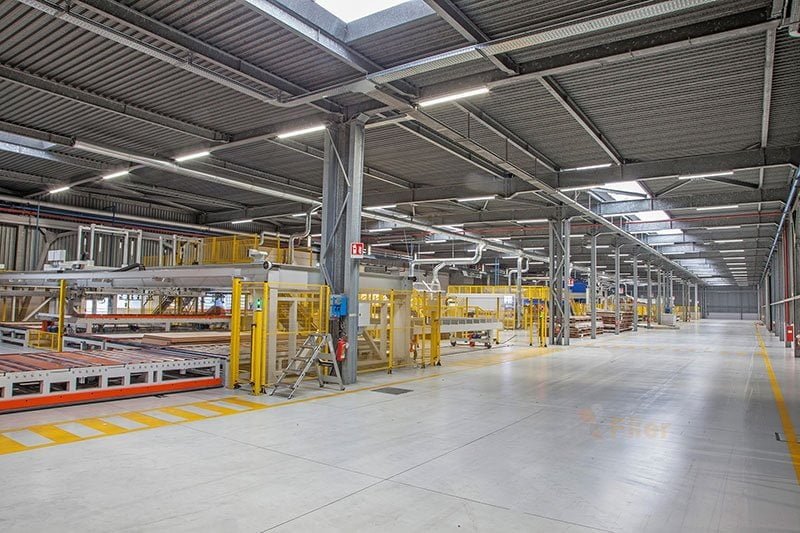
Selecting the Right Tri-Proof Light: A Comprehensive Guide
Not all tri-proof lights are created equal – their sturdiness varies, and they are not universally suited to every context. Wondering how to pinpoint the perfect tri-proof light for your project? Below, I have delineated crucial elements to ponder upon while selecting the most appropriate tri-proof light:
Environmental Factors
Tri-proof lights are crafted to withstand severe weather conditions. However, analyzing the specific environment where it will be installed is paramount to optimize results and zero in on the perfect product. For instance, it’s prudent to steer clear of plastic-based tri-proof lights in high-temperature zones.
Understanding IK Ratings
IK rating, an acronym for Impact Kinetics, evaluates the protective capacity of electrical enclosures against impacts, graded from IK00 to IK10. A higher IK rating implies superior Protection. Although tri-proof lights generally possess an IK08 rating, more fortified options are accessible. For high-risk areas like oil refineries or mining zones, opting for IP69K tri-proof lights with an IK10 rating would ensure resilience against substantial impacts – capable of withstanding a 5 kg object falling from a 400 mm altitude.
Grasping IP Ratings
IP ratings indicate a fixture’s resistance level against liquid and solid infiltration. Even though tri-proof lights inherently offer water and dust resistance, the degree of this resistance is a vital consideration. Different applications necessitate varying levels of water resistance. Generally, these lights maintain a baseline IP rating of IP65, with options available for heightened Protection. For example, installing a tri-proof light in a supermarket requires a lower IP rating than outdoor setups, which demand a higher IP rating due to exposure to elements like torrential rains, winds, and dust. However, it’s essential to avoid overspending on high IP-rated tri-proof lights where not needed.
| IP Ratings For Tri-Proof Light | |
| IP Rating | Degree Of Protection |
| IP65 | Dust-proof + Protection against water jet |
| IP66 | Dust-proof + Protection against powerful water jet |
| IP67 | Dust-proof + Protection against being immersed in 1m water |
| IP68 | Dust-proof + Protection against being immersed in at least 1m of water or more |
| IP69 | Dust-proof + Protection against powerful water jets with high-temperature |
Selecting the Right Dimensions for Your Tri-Proof Light Fixtures
Tri-proof lights come in various forms and dimensions, including round, oval, tubular, or sleek designs. Choosing the right one for your space is essential. Consider opting for a batten tri-proof light for narrower spaces, known for its compact and slender build that can illuminate any corner of your project effectively. Remember, the brightness and power consumption vary with the length of the light, making it essential to scrutinize the specifications and make comparisons before settling on the optimal size for your premises.
Determining the Appropriate Wattage
It’s crucial to carefully consider the wattage of your tri-proof light, as it significantly affects brightness levels, your electricity expenditure, and the overall power load. Choosing a higher wattage option will increase energy consumption and, consequently, your electricity bills. However, it is necessary if you desire a greater brightness level. Hence, select higher wattage only where necessary to avoid excessive electrical load and unwarranted expenses. Calculate your specific needs before purchasing to avoid investing in the wrong wattage.
Choosing the Perfect Color for Your LED Tri-Proof Lights
The color temperature of tri-proof lights can significantly influence the ambiance of your project. Choose a color temperature that aligns with your project’s visual and aesthetic requirements. Refer to the chart below to assist you in identifying the most appropriate color temperature:
| Light Color | Color Temperature |
| Warm White | 2700K-3000K |
| Neutral White | 4000K-4500K |
| Cool White | 5000K-6500K |
Brightness Specification
The intensity of illumination is denoted by its lumen value. Opt for fixtures with a higher lumen rating if you’re seeking a brighter lighting solution. However, be aware that a higher lumen rating means increased energy usage. Therefore, assess the dimensions of your space and determine the number of lighting fixtures needed before settling on a specific lumen rating. To deepen your understanding, explore resources like “Candela vs. Lux vs. Lumens” and “Lumen to Watts: The Comprehensive Guide.”
Feature Evaluation
Tri-proof lighting options offer state-of-the-art functionalities, including motion detection, emergency backup, and adjustable brightness settings. When choosing tri-proof lighting, these features should be high on your priority list as they can simplify maintenance tasks considerably.
Personalization Opportunities
By contacting manufacturers directly, you can customize your tri-proof lighting fixtures to suit your unique preferences, selecting the optimal wattage, beam angle, and brightness. Moreover, you can modify existing fixtures, like spotlights, floodlights, or LED strips, to function as safety lights.
Consideration of Additional Expenses
Remember that tri-proof lighting fixtures generally carry a higher price tag due to their superior protection capabilities. Installation also entails additional costs. Never skimp on the cables’ quality; a substandard cable can compromise the circuit, disrupting smooth operations. Invest in premium cable connections and enlist the services of a skilled professional for installation to ensure seamless functionality.
Warranty Details
Tri-proof lights, renowned for their durability and solid construction, typically come with a warranty spanning three to five years. Before purchasing, analyze the warranty offerings from various brands to make an informed decision.
Guidelines for Installing Tri-Proof Lights
Installing tri-proof lights can be done via two methods, detailed below:
Method 1: Hanging Installation
- Identifying the Spot: Select the precise spot where you plan to fix the light and drill the necessary holes at the ceiling point.
- Setting up the Cable: Affix a steel cable into the ceiling hole you’ve drilled. Remember to shut down the primary power source before beginning the process.
- Fixture Hanging: Dangle the fixture and secure it using the steel cable.
- Wiring and Adjustment: Adjust the fixture until it is balanced. Connect the light’s wiring to an electrical outlet before switching it on.
Method 2: Surface Mounting on the Ceiling
- Location Selection: Identify the optimal location and drill the requisite holes in the ceiling.
- Clipping in Place: Fix clips onto the drilled holes with screws.
- Positioning the Light: Slide the tri-proof light into the clips and adjust until it is evenly aligned.
- Final Setup: Secure the setup by tightening the screws and connecting the wiring. Your tri-proof lights are now operational.
Alternative Safety Lighting Solutions
Apart from tri-proof lights, several other safety lighting alternatives are available, outlined below:
- Waterproof Lights: These lighting fixtures are shielded against water splashes or submersion with a protective silicone coating, making them somewhat rust-resistant. However, they do not resist chemicals like acids, bases, and fuels.
- Vapor-Proof Lights: More effectively sealed compared to waterproof variants, these lights are essential in humid environments to prevent moisture buildup inside the fixture.
- Shock-Proof Lights: Primarily found in industrial settings, these lights are built to withstand impacts without breaking, thanks to their cushioned materials like foam or soft rubber.
- Corrosion-Proof Lights: While waterproof lights offer some degree of corrosion resistance, for heightened Protection, the sealing material and gasket types need to be considered, with options like nitrile rubber offering better chemical resistance.
- Intrinsically Safe (IS) Lights: Designed for high-risk environments, these lights prevent ignition sources using lower wattages and durable construction materials, offering excellent Protection against water, dust, and vapor.
- Explosion-Proof (EP/Ex) Lights: A variant of intrinsically safe lights, these fixtures consume more energy to provide brighter illumination, with designs focused on containing any internal explosions to prevent further damage.
It’s worth noting that tri-proof lights can potentially offer brighter illumination compared to IS lights. However, they may lack combustion resistance, which customization can enhance.
Comparative Analysis: Tri-Proof Luminaires versus Other Safety Lighting Alternatives
| Safety Lighting Solutions | Protection level | |||||||
| Water | Dust | Water vapor | Chemical Vapor | Shock | Corrosion | Ignition | Explosion | |
| Tri-proof light | ✅ | ✅ | ✅ | Limited | Possible | Limited | Possible | Possible |
| Waterproof light | ✅ | Limited | ❌ | ❌ | ❌ | ❌ | ❌ | ❌ |
| Vapor-proof light | ✅ | ✅ | ✅ | Possible | ❌ | ❌ | ❌ | ❌ |
| Shock-proof light | ❌ | ❌ | ❌ | ❌ | ✅ | ❌ | ❌ | ❌ |
| Corrosion-proof light | ✅ | ✅ | ✅ | Limited | ❌ | ✅ | ❌ | ❌ |
| Ignition-proof light | ✅ | ✅ | ✅ | Limited | Limited | ✅ | ✅ | Possible |
| Explosion-proof light | ✅ | ✅ | ✅ | Limited | ✅ | Possible | Possible | ✅ |
Sustaining the Longevity of LED Tri-Proof Lights
While LED tri-proof lights are known for their resilience and aptness for adverse settings, incorporating a regimen of fundamental upkeep is essential. Regular maintenance not only elongates the lifespan of the fixtures but also ensures their functionality over an extended period. Here are some guidelines to consider:
- Routine Cleaning: To preserve the bulb’s luminosity, removing dust and grime accumulating overtime on the fixture’s casing is imperative. Schedule a periodic cleaning to prevent any diminution in brightness.
- Inspect for Damages: Despite the light’s resistance to water and moisture, it is not entirely invulnerable. Keep an eye out for any cracks or damages in the fixture, as these can allow water or moisture to penetrate and potentially harm the circuitry.
- Prioritize Electrical Safety: Before initiating any cleaning process or handling the fixtures for any other purpose, ensure that they are switched off to prevent unforeseen mishaps. Adopting a cautious approach can avert potential accidents.
- Monitor Water Penetration: Over time, the casing or seals of the tri-proof lights might deteriorate, paving the way for water or moisture to seep in if you notice any signs of ingress, the fixture’s efficiency might be compromised, necessitating immediate attention, and possibly repairs or replacements.
Adhering to these guidelines can facilitate safer and longer-lasting usage of your LED tri-proof lights.
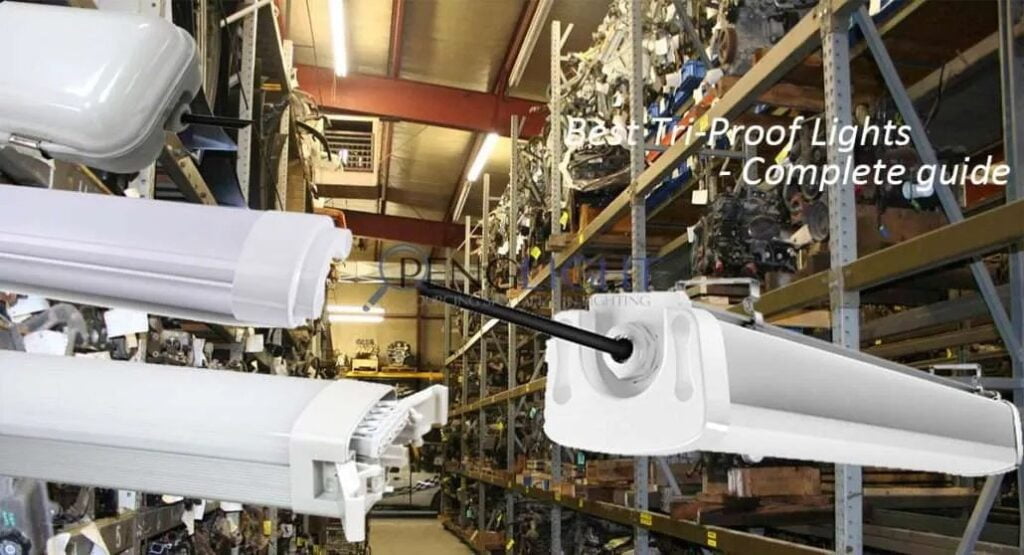
Conclusion
Tri-proof lighting solutions guarantee secure illumination even in harsh environments. These lights are excellent for areas prone to chemical exposure, water infiltration, substantial dust accumulation, or explosion hazards.
Before selecting a tri-proof light, it’s crucial to evaluate the specific conditions of your installation site. These lighting fixtures come in various designs and dimensions, so tailor your choice based on the needs of your project. Keeping an eye on the IK and IP ratings is equally essential. While this article provides a comprehensive overview, don’t hesitate to consult a professional if making a decision seems daunting.
FAQs
Where are LED Tri-Proof lights commonly used?
LED Tri-Proof lights are used in a variety of industrial and commercial settings, including garages, factories, supermarkets, laboratories, cold storage rooms, and stadiums, due to their rugged design.
Are LED Tri-Proof lights waterproof?
Yes, LED Tri-Proof lights are waterproof. Most models come with a minimum IP65 rating, which ensures protection from water jets and splashes. Some models even go higher for better protection in wet environments.
Can LED Tri-Proof lights withstand harsh chemicals?
Yes, LED Tri-Proof lights are designed to be corrosion-resistant, making them suitable for areas exposed to chemical splashes or corrosive gases, such as labs and industrial zones.
Do LED Tri-Proof lights save energy?
Absolutely! LED Tri-Proof lights use LED technology, which consumes significantly less energy compared to traditional lighting options, helping reduce electricity bills and carbon footprint.
Are LED Tri-Proof lights easy to install?
Yes, LED Tri-Proof lights are easy to install and often come with mounting brackets or clips for surface or suspension installation. Their compact and sealed design makes them user-friendly and low-maintenance.

Hi, I’m Xylia Xiong, a sales professional with 14 years of experience in the LED strip light industry. I specialize in providing tailored solutions, leveraging my expertise in LED products and the latest industry trends. Known for effective communication and problem-solving, I’m dedicated to helping lighting manufacturers, importers, and distributors achieve their goals.
Let’s work together to create customized solutions that exceed expectations.
Related Posts

The Best LED Strip Lights You Can Buy Right Now

Comparing WS2811 Vs WS2812B: Key Differences


